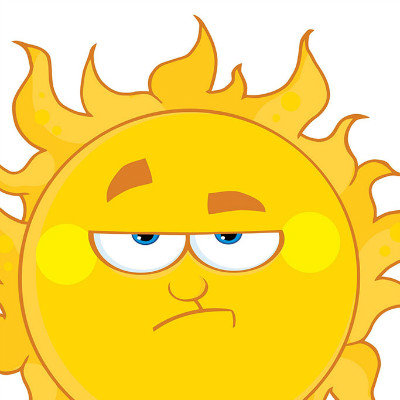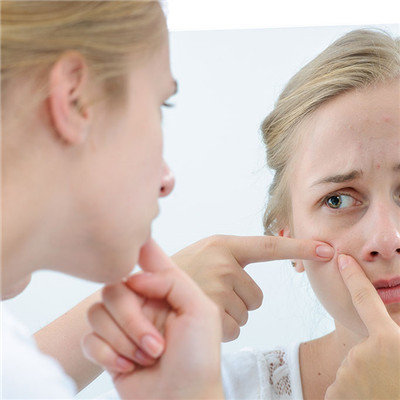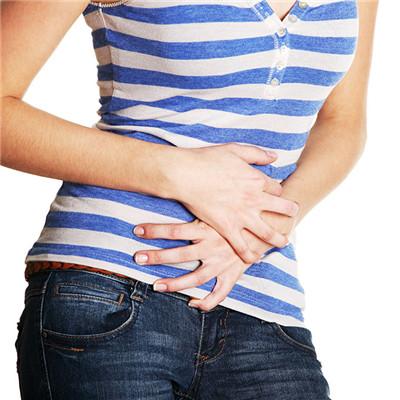Symptoms of heat allergy
summary
Heat allergy: its scientific name is cholinergic urticaria. When people are heated, nervous, or take hot food or drink, or after exercise, their body temperature increases slightly. The blood flow of cholinergic urticaria stimulates the brain thermoregulatory center, excites cholinergic nerves, and releases acetylcholine. It is precisely because the body is allergic to acetylcholine, We call the symptoms of allergy cholinergic urticaria. Symptoms of heat allergy? Let's talk about it
Symptoms of heat allergy
A few minutes after stimulation, a round papular wheal with a diameter of 2-4mm appeared, surrounded by varying degrees of red halo, often distributed in the upper trunk and upper limbs, and did not fuse with each other.

Pruritus, tingling or burning sensation, sometimes only severe itching without skin lesions, can disappear within 0.5-1 hour. Mild cholinergic urticaria can occur in adolescence of ordinary people. Generally, the symptoms can subside after stopping exercise or calming down, so it is not easy to cause attention.

Occasionally accompanied by systemic symptoms caused by acetylcholine (such as salivation, headache, bradycardia, mydriasis and spastic abdominal pain, diarrhea), etc., severe dizziness can cause syncope. In the skin test or scratch test with 1:5000 acetylcholine, wheal appeared at the injection site and satellite like wheal appeared around.

matters needing attention
Pay attention to diet: eat less or fast fish, shrimp, seafood, spicy and sour food. Pay attention to hygiene: keep less pets such as cats and dogs, smoke less, and avoid inhaling pollen and dust. Keep a healthy attitude: relaxed mood can improve the body's resistance.











